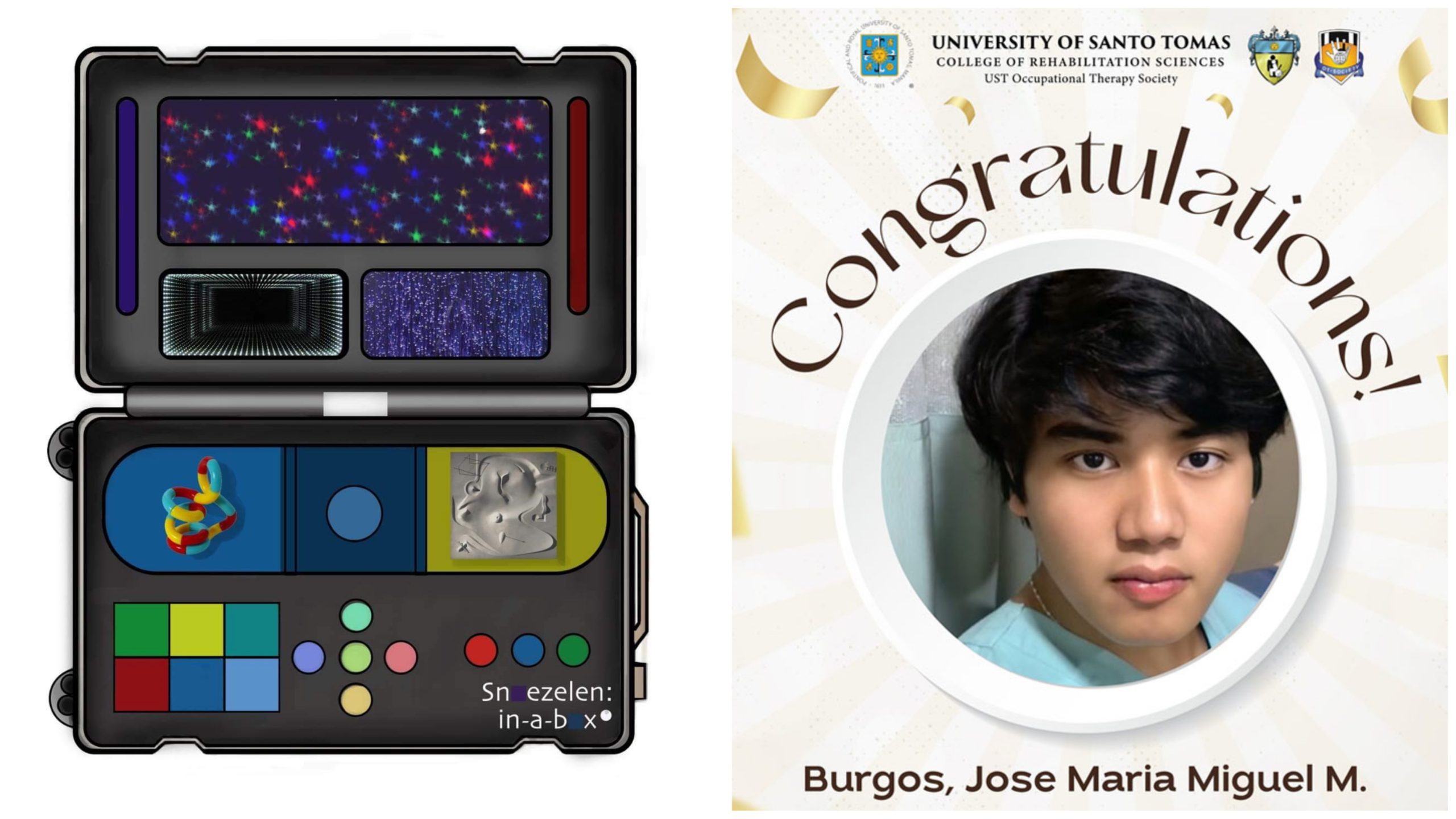UST SLID further to the bottom of the latest Quacquarelli-Symonds (QS) world university rankings, together with two other top Philippine universities.
In the listing of the top 800 universities in the world, UST fell to the 701+ bracket this year from the 601+ bracket last year.
The University of the Philippines led the country’s universities in the annual listing, but dropped 32 notches to 380 from 348 last year. Ateneo de Manila also went down to the 501-550 bracket this year from 451-500 in 2012.
De La Salle University, meanwhile, maintained its spot in the 601-650 bracket.
The first time UST made it to the top 500 was in 2008, when it figured in the 401-500 bracket. This was the highest rank attained by the University since the survey started in 2004.
UST failed to get a spot in the QS subject rankings this year. Ateneo and UP entered the 51-100 bracket for English Language and Literature, while La Salle trailed in the 101-150 bracket.
UP also landed in the 151-200 bracket in Agriculture and Forestry, but failed to maintain its post in Geography. Ateneo clinched a spot in the Modern Languages category, landing in the 151-200 range.
In this year's QS Asian university rankings, UST fell to the 150th spot from 148th last year. Ateneo plummeted to 109 from last year’s 89 while La Salle dropped to the 151-200 bracket from 142 last year. UP improved to 67 from 68 the previous year.
The Massachusetts Institute of Technology remained the top university worldwide, scoring a perfect 100. Harvard University replaced the United Kingdom’s University of Cambridge at second place. Harvard got a score of 99.2 while Cambridge placed third with 99.0.
The National University of Singapore was the top Asian university in the 2013 world rankings, clinching the 24th spot with a score of 89.4.
Japan led Asian countries with 24 of its universities placing in the top 600, followed by China with 22, South Korea with 18, and Malaysia with six. Indonesia and Thailand each had three universities in the top 600.
The criteria for world university rankings are academic reputation (40 percent), employer reputation (10 percent), faculty to student ratio (20 percent), citations per faculty (20 percent), international faculty ratio (5 percent), and international student ratio (5 percent).


















